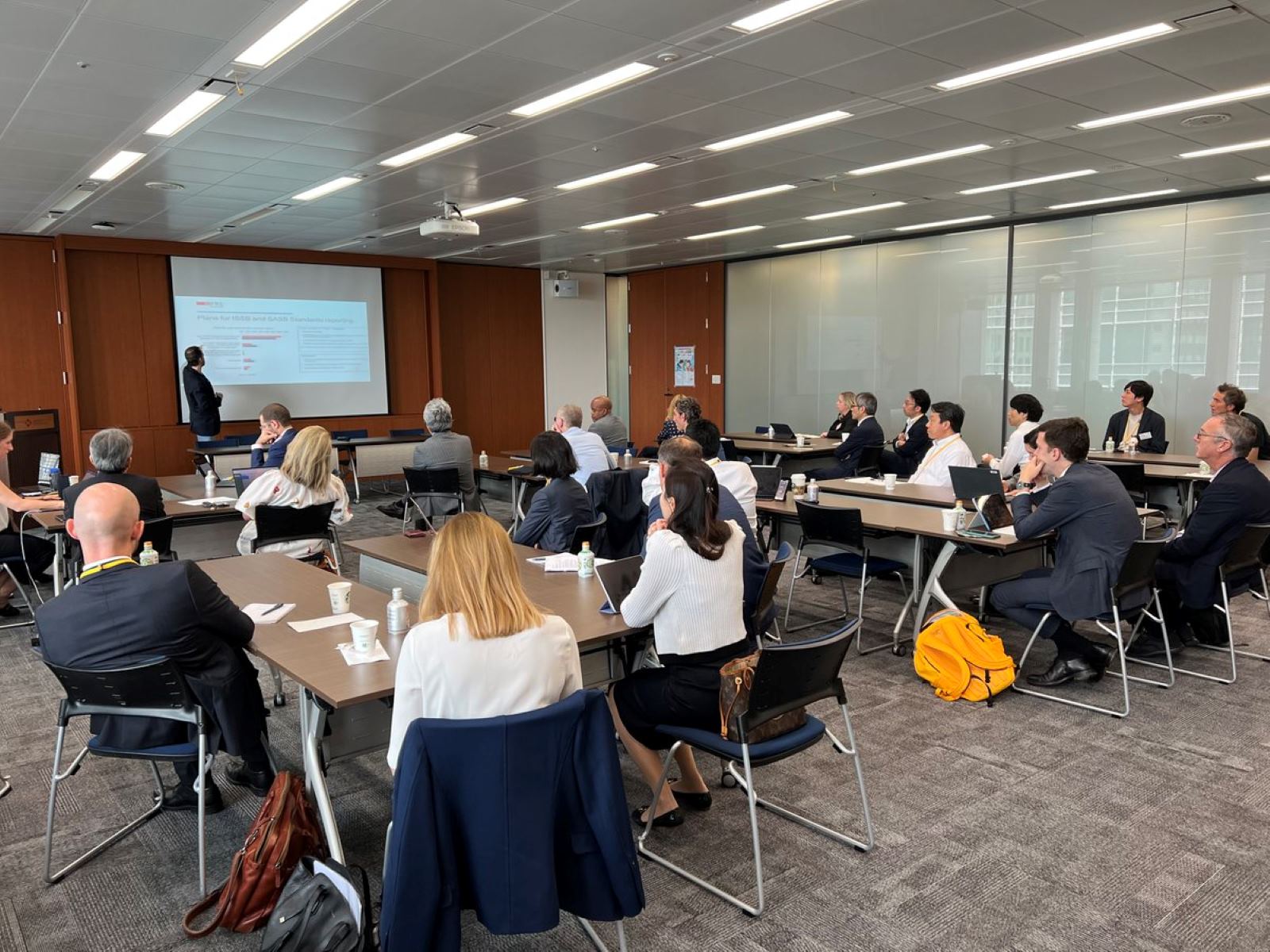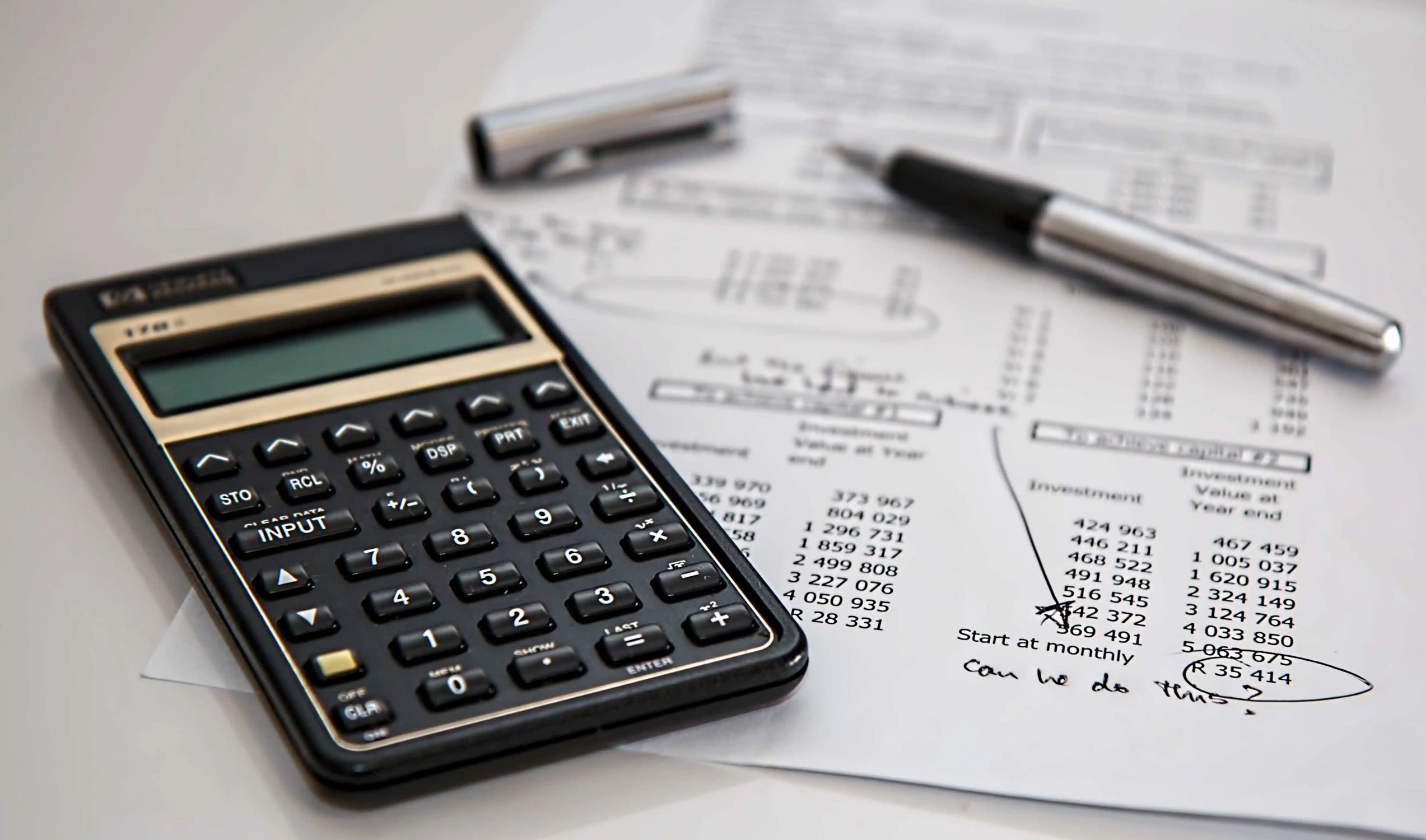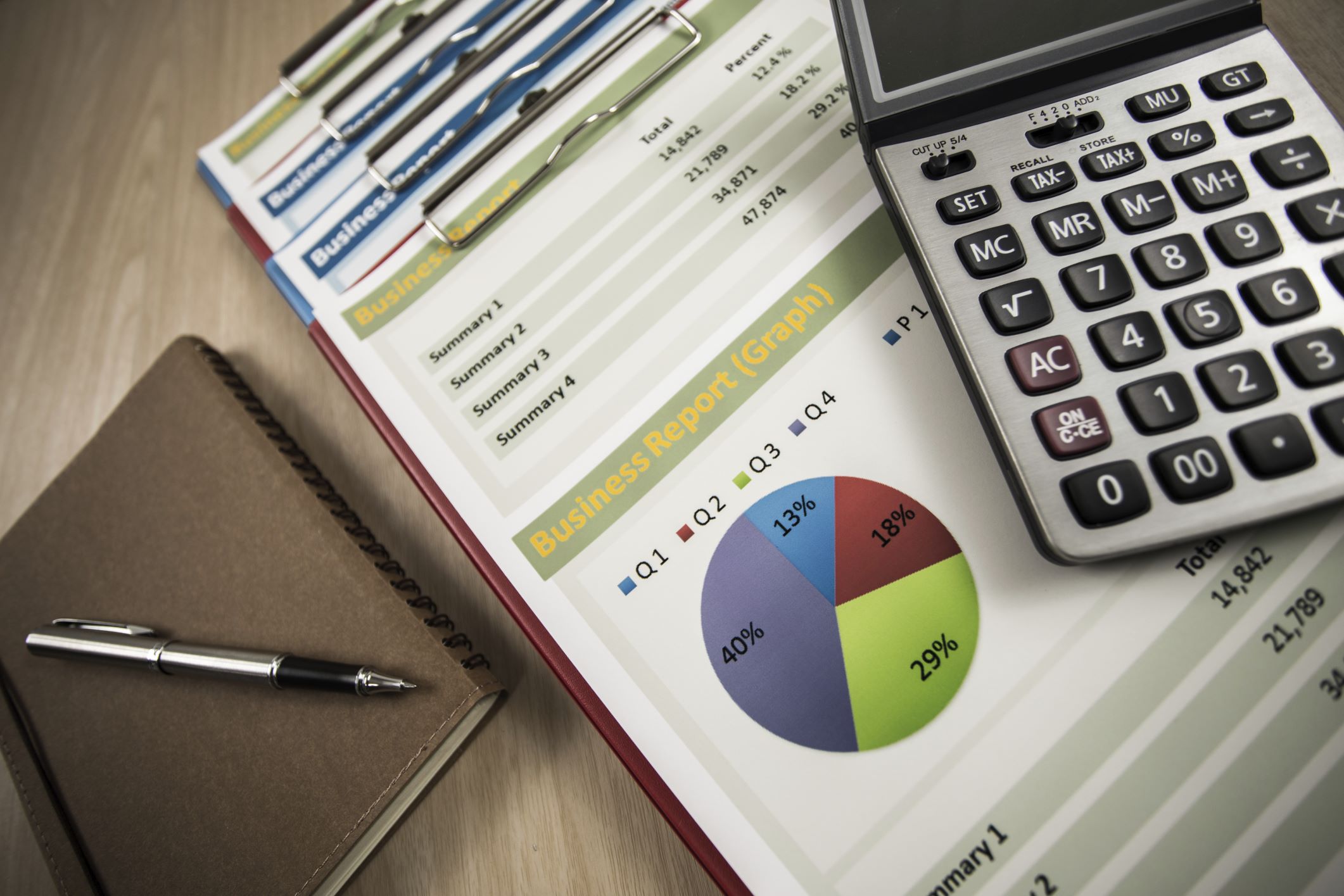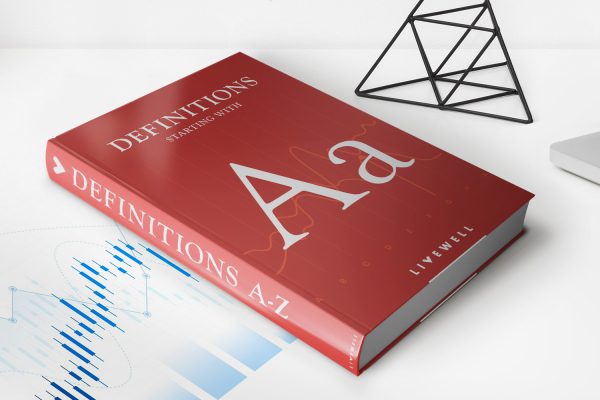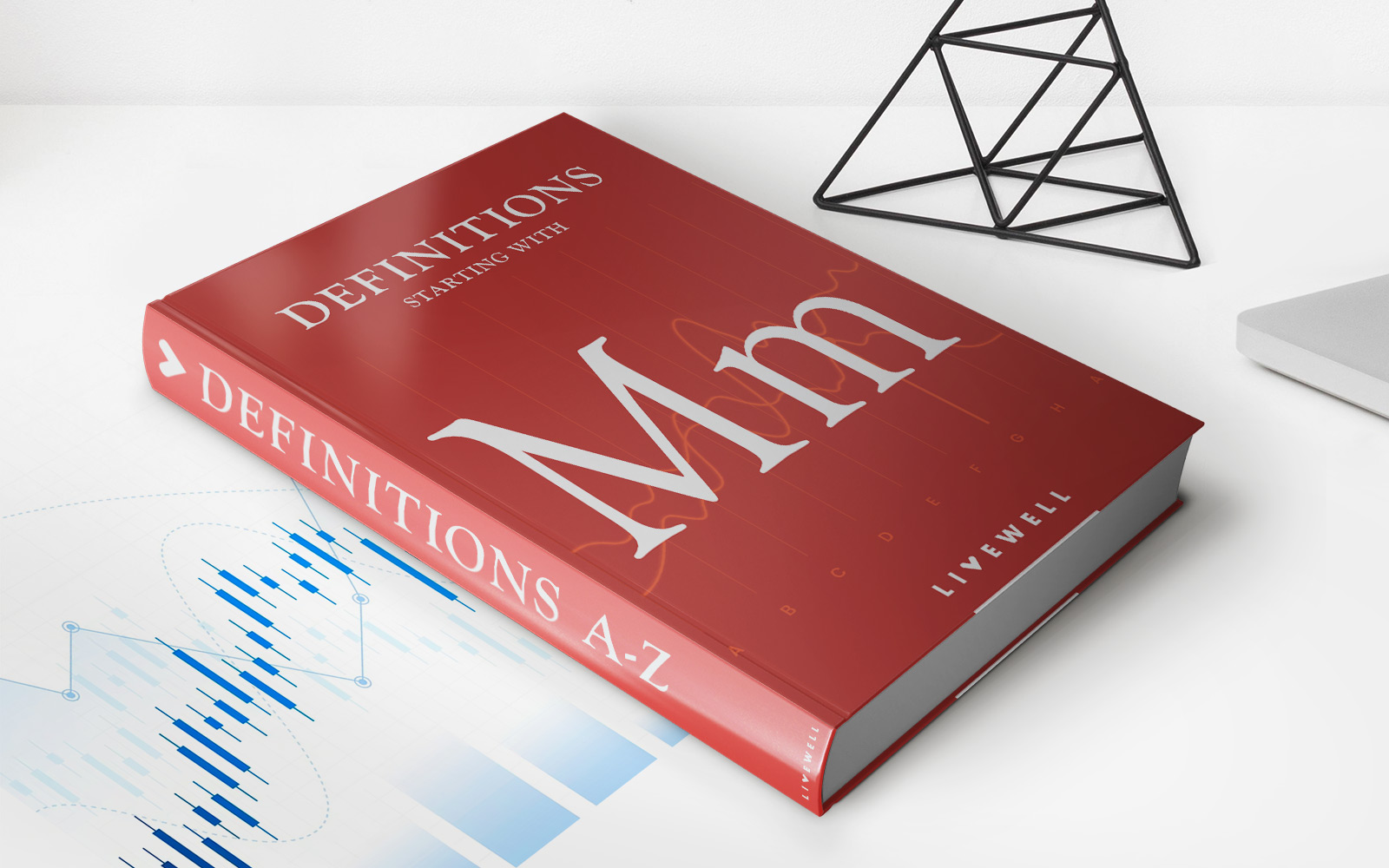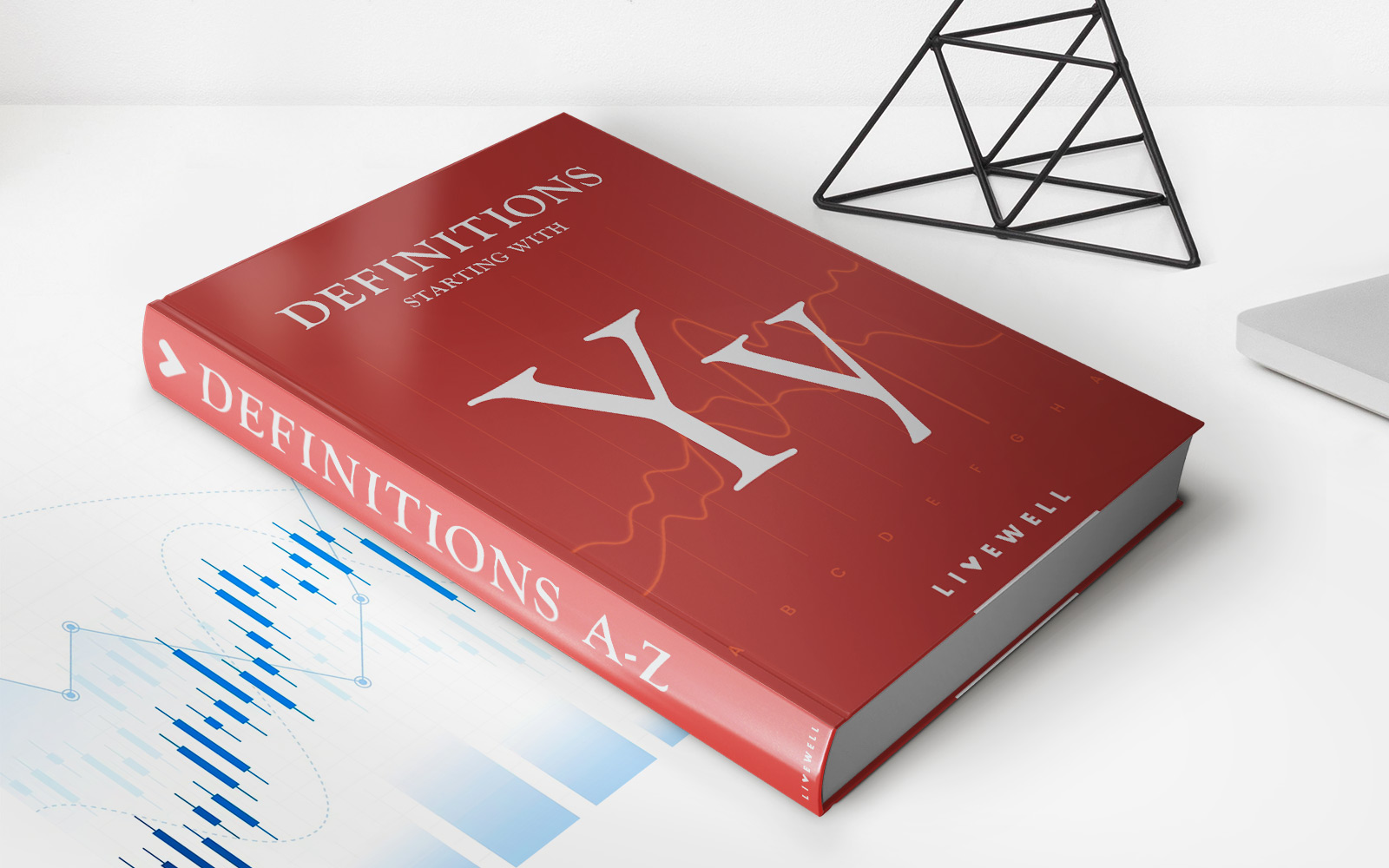

Finance
What Is Standard Cost Accounting
Published: October 8, 2023
Learn about standard cost accounting in finance and how it helps businesses monitor and manage their costs effectively.
(Many of the links in this article redirect to a specific reviewed product. Your purchase of these products through affiliate links helps to generate commission for LiveWell, at no extra cost. Learn more)
Table of Contents
Introduction
Welcome to the world of finance, where numbers hold the power to shape businesses and drive decision-making. In this intricate landscape, it becomes crucial for organizations to have mechanisms in place to effectively manage costs and evaluate financial performance. One such mechanism is Standard Cost Accounting.
Standard Cost Accounting is a method used by businesses to establish predetermined cost standards for products or services. These standards act as benchmarks against which actual costs are measured, providing insights into cost variations and performance evaluations. This system allows companies to better understand their cost structures, identify areas for improvement, and make informed decisions.
Standard Cost Accounting is widely used across various industries, including manufacturing, retail, and services. It enables organizations to set realistic cost expectations, monitor deviations, and make necessary adjustments to drive operational efficiency and profitability.
In this article, we will delve deeper into the concept of Standard Cost Accounting, exploring its definition, importance, components, advantages, limitations, and implementation. Additionally, we will compare it with Actual Cost Accounting to understand the differences and determine which approach is best suited to specific business needs.
So, let’s embark on this journey into the realm of Standard Cost Accounting and discover how it can revolutionize financial management and contribute to the success of businesses.
Definition of Standard Cost Accounting
Standard Cost Accounting is a systematic approach used by businesses to determine and track the expected costs of producing goods or providing services. It involves setting predetermined cost standards for various components of production, such as labor, materials, and overhead expenses. These standards serve as the basis for measuring actual costs and evaluating variances.
In Standard Cost Accounting, cost standards are typically established based on historical data, industry benchmarks, and internal analysis. They represent the expected costs under normal operating conditions, assuming efficient utilization of resources and optimal production levels. These standards provide a reference point against which businesses can assess their performance and identify areas of improvement.
Standard Cost Accounting utilizes a dual-entry accounting system, where cost variances are recorded separately from the main financial records. This allows for easy identification and analysis of deviations from the expected costs. Variances may arise due to factors such as changes in material prices, labor efficiencies, production volumes, or overhead costs.
The main objective of Standard Cost Accounting is to provide managers with a comprehensive view of cost performance and enable them to make informed decisions regarding pricing, production, resource allocation, and overall cost control. It helps organizations identify inefficiencies, pinpoint cost drivers, and implement corrective measures to optimize their cost structures.
Overall, Standard Cost Accounting provides a structured framework for businesses to assess their cost performance, compare it against expected standards, and take proactive measures to enhance efficiency, productivity, and profitability. It serves as a valuable tool for financial management, providing insights into the cost structure and aiding in decision-making processes.
Importance of Standard Cost Accounting
Standard Cost Accounting plays a vital role in the financial management of businesses, offering several key benefits and contributing to their overall success. Let’s explore why Standard Cost Accounting is important:
- Cost Control: By setting cost standards, businesses can establish benchmarks for their expected costs. This allows them to monitor and control expenses, identify areas of cost overruns or inefficiencies, and take proactive measures to address them. Standard Cost Accounting helps companies optimize their cost structures and improve their bottom line.
- Performance Evaluation: Standard Cost Accounting enables businesses to evaluate their performance against predetermined standards. By comparing actual costs with standard costs, organizations can identify the reasons behind deviations and assess whether they are favorable or unfavorable. This evaluation helps in identifying areas for improvement and making informed decisions to enhance efficiency and profitability.
- Decision-Making: The data derived from Standard Cost Accounting provides managers with valuable insights for decision-making. It helps them assess the financial impact of various options, evaluate the feasibility of new projects, determine pricing strategies, and allocate resources effectively. Standard Cost Accounting enables informed decision-making based on accurate and reliable cost information.
- Variance Analysis: Standard Cost Accounting allows for variance analysis, which involves examining the differences between actual costs and standard costs. By analyzing these variances, companies can gain a deeper understanding of the factors causing deviations and take necessary corrective actions. Variance analysis helps in improving cost accuracy, efficiency, and overall performance.
- Budgeting and Forecasting: Standard Cost Accounting provides a solid foundation for budgeting and forecasting activities. By utilizing predetermined standard costs, businesses can develop realistic budgets and forecasts that align with their cost structures. These budgets serve as a roadmap for financial planning, resource allocation, and performance tracking.
In summary, Standard Cost Accounting is crucial for businesses as it aids in cost control, performance evaluation, decision-making, variance analysis, and budgeting. By implementing sound Standard Cost Accounting practices, organizations can gain a competitive advantage, optimize their financial performance, and drive sustainable growth.
Components of Standard Cost Accounting
Standard Cost Accounting comprises various components that work together to provide a comprehensive framework for cost management and performance evaluation. Let’s take a closer look at these components:
- Direct Materials: This component includes the expected costs of the materials used in the production process. It involves determining the standard prices of materials and establishing the standard quantities required for each unit of production. Direct materials costs can vary based on factors such as market prices, supplier agreements, and product specifications.
- Direct Labor: Direct labor costs encompass the expected costs associated with the labor required to produce goods or provide services. This component involves determining the standard labor rates and the standard labor hours required for each unit of production. Direct labor costs can be influenced by factors such as wages, employee efficiency, and production methods.
- Variable Overhead: Variable overhead costs are the expected costs that fluctuate with the production volume. This component covers expenses such as utilities, maintenance, and supplies that vary based on the level of activity. Variable overhead costs are allocated to units of production using predetermined rates or cost drivers.
- Fixed Overhead: Fixed overhead costs are the expected costs that remain constant regardless of the production volume. This component includes expenses such as rent, depreciation, and salaries of supervisors. Fixed overhead costs are allocated to units of production using predetermined rates or allocation bases.
- Sales and Administrative Expenses: While not directly related to the production process, sales and administrative expenses are an important component of Standard Cost Accounting. These costs include expenses incurred in selling products or services and managing administrative functions. By incorporating these costs into the standard cost calculations, businesses can obtain a more accurate view of their overall cost structure.
The combination of these components forms the standard cost for a particular product or service. These standard costs are established based on historical data, industry benchmarks, and internal analysis. They serve as benchmarks against which actual costs are measured, providing a foundation for variance analysis and performance evaluation.
By closely monitoring and analyzing these components, businesses can gain insights into their cost structures, identify areas for improvement, and make informed decisions to optimize their operations and financial performance.
Advantages of Standard Cost Accounting
Standard Cost Accounting offers several advantages to businesses, enabling them to streamline operations, improve cost control, and make informed decisions. Let’s explore some of the key advantages of implementing Standard Cost Accounting:
- Cost Variance Analysis: One of the significant benefits of Standard Cost Accounting is the ability to analyze cost variances. By comparing actual costs with standard costs, businesses can determine the reasons behind cost deviations and take corrective actions. This analysis helps in identifying areas of inefficiency, improving cost accuracy, and enhancing overall performance.
- Performance Evaluation: Standard Cost Accounting allows for a comprehensive evaluation of cost performance. It provides a basis for comparing actual costs with predetermined standards, enabling businesses to assess their efficiency and productivity. This evaluation aids in identifying areas of improvement, recognizing cost-saving opportunities, and driving continuous improvement.
- Cost Control: Standard Cost Accounting serves as a powerful tool for cost control. By setting cost standards, businesses can establish benchmarks for expected costs and monitor actual costs against these standards. This enables proactive cost management, as any deviations can be promptly identified and addressed. Cost control helps businesses optimize their resources, reduce wastage, and improve profitability.
- Improved Decision-Making: Standard Cost Accounting provides accurate and reliable cost information which aids in effective decision-making. By understanding the cost structure, managers can make informed decisions regarding pricing, production, resource allocation, and overall business strategy. This leads to better cost efficiency, enhanced profitability, and a competitive edge in the market.
- Budgeting and Forecasting: Standard Cost Accounting plays a crucial role in budgeting and forecasting processes. By utilizing predetermined cost standards, businesses can develop realistic budgets and forecasts that align with their cost structures. This assists in financial planning, resource allocation, and tracking performance against projected targets.
- Evaluating Performance Targets: Standard Cost Accounting allows businesses to set performance targets based on predetermined cost standards. These targets provide a benchmark for evaluating the performance of individuals, teams, or departments within the organization. Performance targets help in promoting accountability, motivating employees, and driving productivity.
Overall, Standard Cost Accounting offers businesses a systematic and efficient approach to cost management. It enhances cost control, facilitates performance evaluation, improves decision-making, and aids in budgeting and forecasting. By implementing Standard Cost Accounting, businesses can achieve operational efficiency, optimize their cost structures, and achieve sustainable growth.
Limitations of Standard Cost Accounting
While Standard Cost Accounting provides many benefits, it is important to recognize its limitations. Understanding these limitations can help businesses overcome potential challenges and make informed decisions. Let’s explore some of the key limitations of Standard Cost Accounting:
- Rigid Cost Standards: Standard Cost Accounting relies on predetermined cost standards that are based on historical data and assumptions. These standards may not always accurately reflect current market conditions or changes in technology. Rigid cost standards can lead to variances that are beyond the control of businesses, making it challenging to evaluate performance accurately.
- Inaccurate Assumptions: The accuracy of standard cost calculations heavily depends on assumptions related to factors such as labor efficiency, material prices, and overhead costs. In reality, these assumptions may not always hold true, resulting in cost variances that are difficult to attribute to specific factors. Inaccurate assumptions can undermine the reliability of Standard Cost Accounting.
- Time and Effort: Implementing Standard Cost Accounting requires significant time and effort to establish accurate cost standards and maintain them. This process involves data collection, analysis, and regular updates to adapt to changing market conditions. The complexity of implementing and maintaining Standard Cost Accounting can be a challenge for businesses with limited resources.
- Focus on Cost Control Only: Standard Cost Accounting primarily focuses on cost control and performance evaluation. While this is valuable, it may limit the scope of analysis to cost-related factors only. Other critical aspects such as quality, customer satisfaction, and innovation may not receive adequate attention within the framework of Standard Cost Accounting.
- External Factors: Standard Cost Accounting assumes that business operations are carried out under normal conditions. However, external factors such as changes in government regulations, economic conditions, or unexpected events can disrupt operations and lead to significant cost variances. Standard Cost Accounting may not fully account for these external factors.
- Complexity in Variances: Analyzing cost variances can be complex, especially when multiple factors contribute to the deviations. Understanding the root causes of variances may require additional tools and techniques, such as variance analysis reports and detailed investigations. This complexity can make it challenging to identify specific areas for improvement.
While it is important to be aware of these limitations, it is equally crucial to understand that Standard Cost Accounting can still provide valuable insights into cost management and performance evaluation. By addressing these limitations through continuous improvement and adaptation, businesses can enhance the effectiveness of their Standard Cost Accounting systems.
Implementation of Standard Cost Accounting
Implementing Standard Cost Accounting requires a structured approach to ensure its effectiveness and accuracy. Here are the key steps involved in implementing Standard Cost Accounting:
- Establish Cost Standards: The first step is to set cost standards for various elements, such as direct materials, direct labor, variable overhead, fixed overhead, and sales and administrative expenses. These standards can be derived from historical data, industry benchmarks, and internal analysis. It is important to regularly review and update these standards to reflect changes in market conditions or technological advancements.
- Collect Data: Accurate and timely data collection is crucial for Standard Cost Accounting. This involves capturing data on actual costs, production volumes, material prices, labor hours, and other relevant factors. Implementing effective data collection systems and processes ensures the availability of reliable and up-to-date information for cost analysis and performance evaluation.
- Calculate Variances: The next step is to calculate and analyze cost variances. This involves comparing actual costs with the standard costs and identifying the reasons behind the variances. Variance analysis helps in understanding the drivers of cost deviations and provides insights into areas for improvement. Using variance analysis reports and tools can facilitate this process.
- Investigate Variances: It is essential to conduct detailed investigations to dig deeper into significant cost variances. By understanding the root causes of variances, businesses can take appropriate corrective actions. This may involve examining the production process, analyzing material usage, evaluating labor efficiencies, or reviewing overhead allocations. Investigating variances helps in optimizing cost accuracy and improving operations.
- Monitor Performance: Regular monitoring of cost performance is vital for effective Standard Cost Accounting. This involves tracking actual costs, comparing them against the established standards, and identifying trends or recurring issues. Performance monitoring allows businesses to take proactive measures to address cost overruns, inefficiencies, or other areas of concern.
- Continuous Improvement: Standard Cost Accounting should be viewed as an ongoing process of continuous improvement. It is important to regularly evaluate and refine the cost standards, data collection processes, and variance analysis techniques. Implementing feedback loops and incorporating lessons learned can enhance the accuracy and effectiveness of Standard Cost Accounting over time.
Successful implementation of Standard Cost Accounting requires collaboration and engagement from various departments within the organization, including finance, operations, and production. Effective communication and training are crucial to ensure that employees understand the purpose, benefits, and processes associated with Standard Cost Accounting.
By following these steps and continuously striving for improvement, businesses can leverage the power of Standard Cost Accounting to optimize costs, enhance performance, and make informed strategic decisions.
Comparison with Actual Cost Accounting
In addition to Standard Cost Accounting, another commonly used approach is Actual Cost Accounting. Let’s compare and contrast these two methods:
Definition: Standard Cost Accounting relies on predetermined cost standards to establish expected costs, while Actual Cost Accounting tracks the actual costs incurred in the production process.
Focus: Standard Cost Accounting emphasizes cost control and performance evaluation, while Actual Cost Accounting focuses on the accurate recording and reporting of actual costs.
Variances: Standard Cost Accounting analyzes cost variances between actual costs and standard costs to identify areas for improvement, while Actual Cost Accounting does not focus explicitly on variances.
Accuracy: Standard Cost Accounting relies on predetermined cost standards, which may not always align with actual conditions. Actual Cost Accounting provides a more precise reflection of the actual costs incurred.
Timeline: Standard Cost Accounting focuses on future performance by establishing cost expectations. Actual Cost Accounting looks at past performance by recording actual costs incurred during a specific period.
Flexibility: Standard Cost Accounting allows for benchmarking and standardization but may be less flexible in adapting to changes in market conditions or technological advancements. Actual Cost Accounting provides more flexibility in reflecting real-time fluctuations in costs.
Compliance: Standard Cost Accounting encourages adherence to cost standards and promotes cost control. Actual Cost Accounting focuses on accurately recording and reporting costs in compliance with accounting regulations.
Decision-Making: Standard Cost Accounting provides cost information that aids in decision-making related to pricing, production, and resource allocation. Actual Cost Accounting contributes to accurate financial reporting and supports decision-making based on the real costs incurred.
Both Standard Cost Accounting and Actual Cost Accounting have their strengths and serve different purposes within an organization. Standard Cost Accounting offers a structured framework for cost management, performance evaluation, and decision-making based on expected costs. On the other hand, Actual Cost Accounting focuses on providing accurate and reliable financial reporting based on the actual costs incurred.
These two approaches can complement each other to provide a comprehensive view of cost management and financial performance. While Standard Cost Accounting helps businesses set goals, evaluate performance, and identify areas for improvement, Actual Cost Accounting ensures accurate financial reporting and supports decision-making based on the real costs incurred.
Conclusion
Standard Cost Accounting is a valuable tool for businesses seeking to effectively manage costs, improve performance, and make informed decisions. By establishing predetermined cost standards, businesses can gain insights into their cost structures, evaluate performance, and identify areas for improvement. Standard Cost Accounting facilitates cost control, variance analysis, and budgeting processes. It provides a framework for evaluating performance targets and supports decision-making related to pricing, production, and resource allocation.
While Standard Cost Accounting offers several advantages, it is important to consider its limitations. Rigid cost standards, inaccurate assumptions, and external factors can impact the accuracy and reliability of the system. However, by continuously evaluating and refining cost standards, monitoring performance, and implementing feedback loops, businesses can overcome these limitations and enhance the effectiveness of Standard Cost Accounting over time.
It is worth noting that Standard Cost Accounting is not the only approach available. Actual Cost Accounting provides a more precise reflection of the actual costs incurred, focusing on accurate financial reporting. Both approaches have their strengths and serve different purposes within an organization. They can be used in tandem to provide a comprehensive view of cost management and financial performance.
In conclusion, Standard Cost Accounting is a powerful tool that enables businesses to optimize costs, enhance performance, and make informed decisions. By implementing sound Standard Cost Accounting practices, organizations can gain a competitive advantage, drive operational efficiency, and achieve sustainable growth in the dynamic and challenging world of finance.

